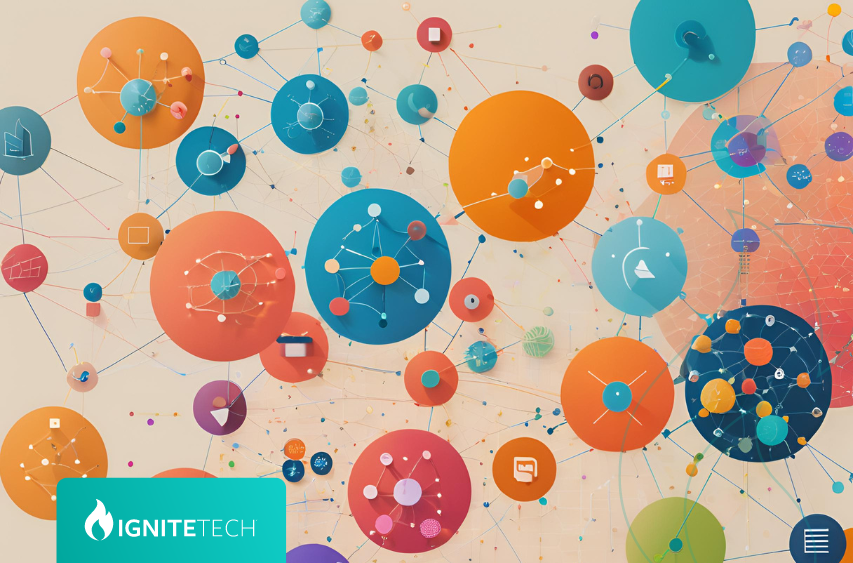Machine learning has become a buzzword in recent years, with its applications spanning across various industries. However, there are still many misconceptions surrounding this field. In this blog post, we'll explore three common misconceptions about machine learning and provide a clearer understanding of what it entails.
Misconception 1: Machine Learning and AI are the same
One of the most prevalent misconceptions is that machine learning and artificial intelligence (AI) are interchangeable terms. While they are related, they are not the same.
Machine learning is a subset of AI that focuses on using algorithms to learn from data and make predictions. It involves training models on vast amounts of data, allowing them to identify patterns and make decisions without being explicitly programmed. Some examples of machine learning applications include:
- Spam email filtering
- Recommender systems used by online platforms
- Fraud detection in financial transactions
On the other hand, AI is the broader field of creating intelligent machines that can perform human-like tasks. It encompasses various techniques, including machine learning, but also includes other approaches such as:
- Rule-based systems
- Natural language processing
- Computer vision
Misconception 2: Machine Learning is all about prediction
Another common misconception is that the sole purpose of machine learning is to deliver highly accurate predictions. While predictive modeling is a significant aspect of machine learning, it is not the only goal.
Machine learning models are powerful tools that can uncover patterns, automate processes, and enhance decision-making. However, they require human oversight and interpretation. Some key points to consider:
- Machine learning models can identify correlations but may not always provide causal explanations
- The effectiveness of machine learning models depends on the quality and representativeness of the training data
- Models may exhibit biases if the training data is biased or lacks diversity
Rather than solely focusing on prediction accuracy, machine learning practitioners should aim to build models that are interpretable, fair, and aligned with the specific needs of the problem at hand.
Misconception 3: Machine Learning will replace human jobs
There is a widespread fear that machine learning and automation will lead to massive job losses. While it is true that these technologies will change the nature of work, they are not expected to completely replace human jobs.
Machine learning and automation have the potential to augment and enhance human capabilities, freeing up time for more creative and strategic tasks. Some points to consider:
- Machine learning can automate repetitive and mundane tasks, allowing humans to focus on higher-value work
- The adoption of machine learning will create new job opportunities in fields like data science, AI development, and machine learning engineering
- Collaboration between humans and machines can lead to improved decision-making and problem-solving
Rather than viewing machine learning as a threat to employment, it should be seen as an opportunity to upskill and adapt to the changing landscape of work.
Conclusion
Machine learning is a rapidly evolving field with immense potential. By dispelling these common misconceptions, we can develop a more accurate understanding of what machine learning entails and how it can be effectively applied. As we continue to harness the power of machine learning, it is crucial to approach it with a critical and informed perspective.






